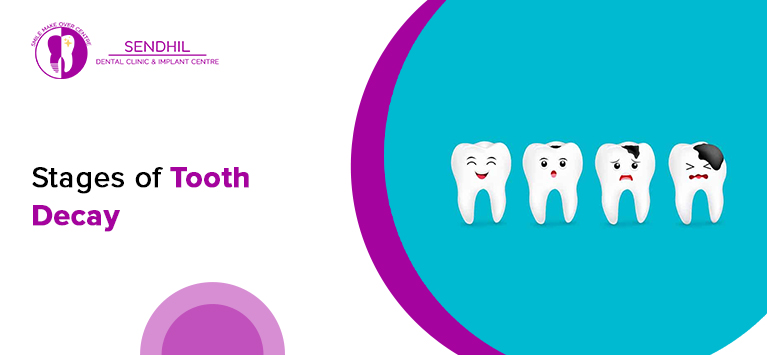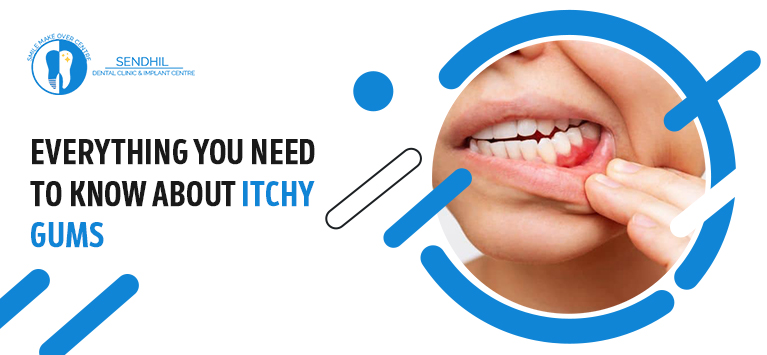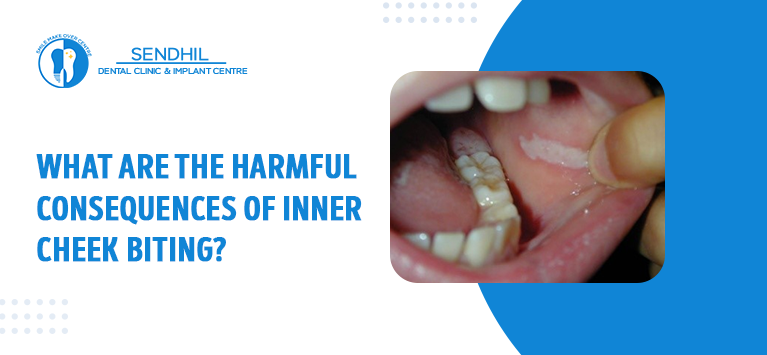Enamel erosion – Types, Causes and Symptoms
Enamel is the hard, protective cover of our teeth and is made up of mineral components. The loss of minerals, crystal substances in the enamel soften and wear away the enamel that exposes the dentin underneath the teeth. It causes pain and sensitivity when the tooth encounters physical wear and tear actions like biting. This is called enamel erosion or dental erosion.
As enamel does not have living cells, it cannot be grown back or repair itself. The problems with eroded enamel will persist until you restore the tooth surface with an artificial appliance.
Table of Contents
What are the types of enamel erosion?
In general, the enamel erosion occurs because of the acidic reactions, hereditary conditions, tooth frictions (or a combination of these). Depending on the factors that erode teeth enamel, it can be classified into two types:
- Intrinsic erosion – It defines the exposure of enamel to stomach acids due to eating disorders, gastric diseases and others.
- Extrinsic erosion – Poor dietary sources like acidic foods and drinks, sugar, starchy foods and others as they create an acidic environment in the mouth.
What causes enamel erosion?
Intrinsic erosion
- Stomach acids – The acids present in our stomach are strong acids and are required to digest food. When such acids come to our mouth from the stomach through vomit or reflux diseases, they dissolve the crystals in the enamel.
- Digestive disorders – People suffering from digestive disorders like gastrointestinal problems or reflux diseases are also highly susceptible to enamel erosion because of the same reason discussed above.
- Medications – Analgesic medications like aspirin and antihistamines are effective to erode the enamel in the molars, premolar and anterior teeth in the lower jaw. Regular intake of such analgesic medicines will irritate the tissues inside the mouth as well as the enamel.
Extrinsic erosion
Poor dietary condition is the base reason for extrinsic erosion. Saliva can neutralize the acidic environment that creates after taking food or drinks. It can prevent dental erosion. On the other hand, if you take highly acidic foods and drinks, saliva cannot balance the pH and neutralize the acids. It will lead to enamel erosion.
Here are some of the foods and drinks that can erode your teeth enamel:
- Citric fruits (Example: lemon, orange)
- Candy
- Sugary foods
- Wine
- Fruit juices
- Processed foods
- Energy drinks
- Cookies
- White potatoes
- Certain snacks (Example: French Fries)
Other causes
- Genetics – Dental erosion can also happen with hereditary conditions.
- Brushing your teeth aggressively
- Habits like grinding, clenching teeth (Bruxism)
- Low salivary production
- Dry mouth
How can we identify enamel erosion?
As various dental problems share the symptoms of pain and sensitivity in the teeth, it is quite difficult to identify the eroded enamel with those symptoms. However, we can diagnose dental erosion with the abnormal appearance in a tooth-like:
- Hollow spaces on the teeth
- Discoloration in a tooth because of the exposed dentin
- Tooth appears transparent
Enamel acts as a hard shield that protects the teeth from daily wear and tear. We cannot restore the eroded enamel but it can be treated by cementing appliances like veneers over the teeth surface.










